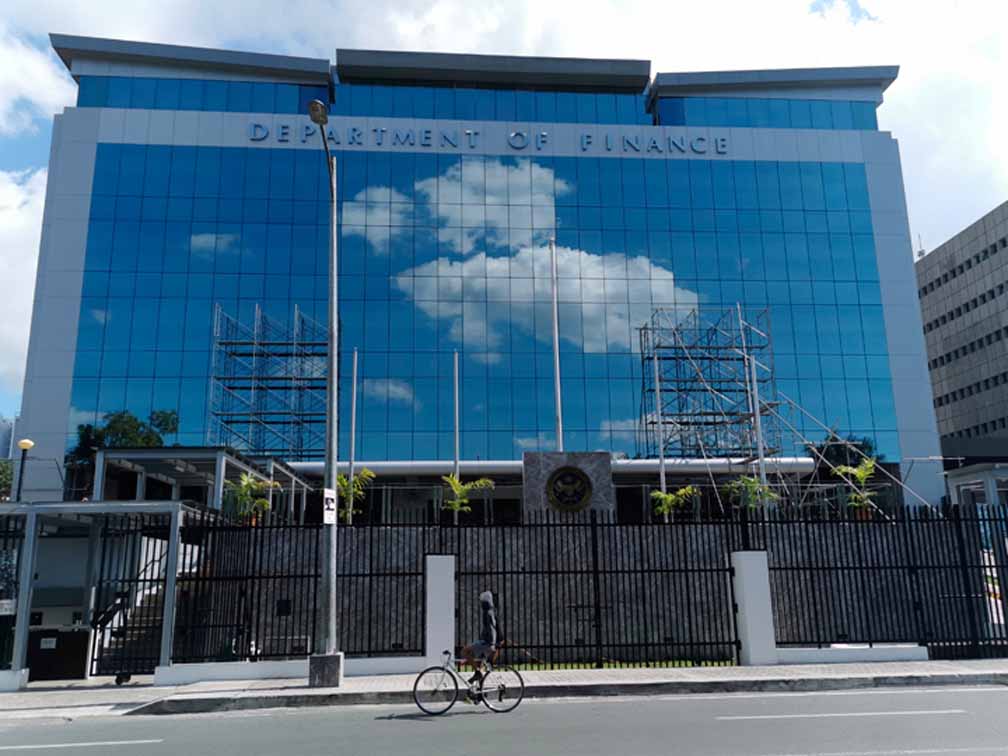Filipino consumers may become more optimistic about spending in the first quarter of next year as the economy is further opened and more jobs become available, according to a local think tank.
In its Market Call report, First Metro Investment Corp.-University of Asia and the Pacific (FMIC-UA&P) Capital Market Research said optimism among firms and consumers are expected to be high in 2021.
The optimism will also be supported by expectations that overseas Filipino worker (OFW) remittances will increase and “more than offset the balance of trade deficits in 2020-2021.”
“The further opening of the economy, the relaxation of lockdown restrictions due to the approval and rollouts of Covid-19 vaccines and the usually ebullient Christmas season, all support the view that 2021 will see a good economic recovery, even though it may not promise to be fast enough for some,” the think tank said.
“Low crude oil prices will translate into balance of trade deficits falling below OFW remittances, resulting in even higher GIR [Gross International Reserves]. The country’s winning stance in the battle against the pandemic underpins the growing optimism,” it added.
The think tank believes sources of optimism for consumers and businesses also include the availability of vaccines for more people next year.
Last week, chief implementer of the government’s national policy on Covid-19 Carlito G. Galvez said the government will soon be sealing the deal for the purchase of 30 million doses of Covid-19 vaccine of Novavax.
Galvez said they will be meeting with the representative of Serum Institute of India (SII), the manufacturer of the Novavax vaccine, to finalize the details of the said agreement.
SII has agreed to go through the transaction without the need of any advance cash payments in compliance with Republic Act 9814 or the Government Procurement Act, according to Galvez.
Meanwhile, FMIC-UA&P Capital Market Research also said the Philippines is already winning the fight against Covid-19.
The think tank said the 7-day moving average (MA) of daily cases has gone down to 1,398 from a high of 4,421 in mid-August. Similarly, the number of active cases has plunged to 21,980 from a high of 83,044 on August 15.
It added that the country had “more than enough” beds to accommodate Covid-19 cases and that the death of medical personnel such as doctors and nurses have already been “diminished greatly.”
“While the pandemic rages on in advanced economies—usually in temperate countries—and in some parts of Asia (e.g. India, Indonesia, among others), the Philippines appears on the winning side in the fight against Covid-19 based on data provided by our Department of Health (DOH) to Worldometer,” the think tank said.
Meanwhile, FMIC-UA&P Capital Market Research said the recent uptick in commodity prices is a “one-off event” and that inflation would likely be lower in the coming months.
Slower inflation will help shore up commodity spending. The think tank estimates that inflation will average 2.6 percent for 2020 and only slightly higher in 2021.
The recent increase in inflation, the think tank, can be attributed to Typhoon Ulysses which disrupted the flow of commodities nationwide.
The typhoon caused severe flooding in Metro Manila and brought destruction in northeastern and southeastern portions of Luzon.
In the first week of December, more expensive food items increased inflation in November to its highest in 19 months, according to the Philippine Statistics Authority (PSA).
The PSA said inflation averaged 3.3 percent, the highest since March 2019 when inflation was at the same rate. This brought average inflation for the year at 2.6 percent.
The National Economic and Development Authority (Neda) said the restrictions on public transport as a result of Covid-19, persistence of African swine fever, and damage and losses in high-value crops following the onslaught of several typhoons and flooding in November 2020 were among the factors that fueled inflation.






























